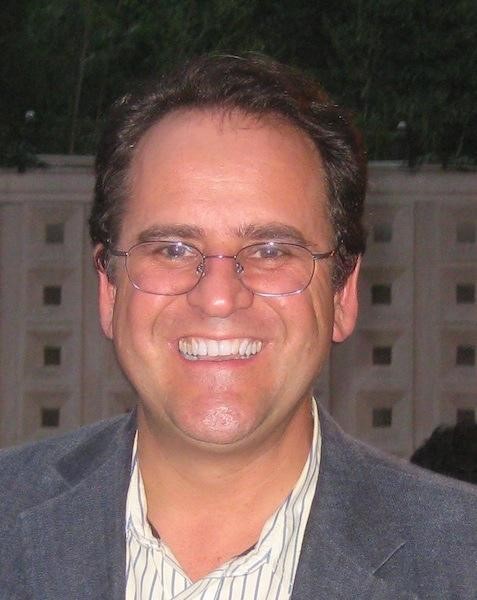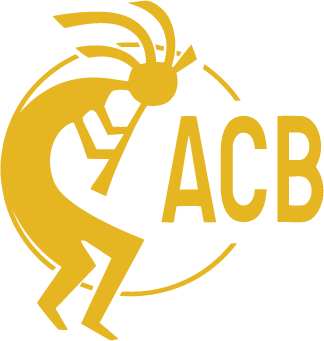
Using ESD Guns to Settle Employee Disputes
We were young once, and not a little foolish.
In the beginning of a company, work rules and policies don’t always get well-defined. This is particularly true if you haven’t held a real job yet and no experience in organizational management. So it was with our early lab days and we’ve worked hard to improve (but some bad habits still exist: legacy, like a chipped tooth).
In the beginnings of commercial EMC—with the adoption of FCC Docket 20870 (digging into the time capsule here)—the landscape sprouted with labs. It was easier then: if you had a parking lot, a couple of antennas and a spectrum analyzer. Fifty grand and you were in business. We had another test device, something called an “Electrostatic Discharge” (ESD) gun, which simulated static electricity effects on equipment. Turns out, it could also be used on organic objects…
So it was with us, in the early days and we froze our backsides in the snow in the winter and got wet when it rained and disassembled and dragged the antenna mast inside the building every night when we closed up because in the wild and reckless suburbs of Gaithersburg, one never could be quite too cautious. The weather was always a factor in this biz, as those with OATS know too well. And on the particular day in late August, the weather temporary broke the back of the local power distribution and we were left idle to gather in the front office and observe the lightning flashing and hard hail falling, dinging the ground and cars parked around our 3 m test site.
It was to be an electrically-charged day.
As I said, work rules were loose (mea maxima culpa) and our product safety/ESD test engineer “Vince,” who liked to go barefoot in the summer (except when he was setting fire to products) leaned lazily against the metal frame of the front door, his shoeless feet (yes, OSHA, I know) on the damp carpet. The door was propped open to observe the full-fury of the late summer thunderstorm when suddenly, lightning flashed a few hundred yards away. Vince yelped and jumped straight up, victim of lightning ground currents and resultant “step voltage” (see: http://www.emcs.org/acstrial/newsletters/spring09/ChapterChatter.pdf). Vince stood at least 6’4” and when he leapt up, his head banged against the door closure mechanism. He howled again, landed and rubbed the top of his head.
“Scott,” our FCC test guy, howled. Now Scott had the disposition of enjoying his job maybe a bit too much, delighting in finding the odd spur that broke the FCC Class B limit; a bit sadistic and a trait I’ve observed in more than one EMC engineer. Anyway, when Vince hit the ground again—bouncing, really, from the dual ignominy of the shock and the coup de tête—Scott doubled over in laughter.
Vince, not a happy camper, scowled and left the room, rubbing his pate.
Soon enough, the power came back. Vince put his shoes on and went back to the ESD testing that was interrupted when the juice went out. These were the days of “IEC 801-2” specification, several years before the CE Marking and all that good harmonization. ESD was a voluntary thing, but some manufacturers were aware that passing the test was a good idea.
Now, the Schaffner NSG 430 will always remain in my memory, fondly, as it was the first piece of test equipment that we acquired. This little beauty was built for a single purpose, though: positive voltage, air discharge only (the notion of contact discharge hadn’t been mid-wived by whatever committee was working it). Sixteen-point-five kilovolts of miniature lightning: it did the trick and it’s still on a shelf, somewhere (we engineers loath to toss out any equipment, even when it’s obsolete).

In any event, Vince and I were setting up to test a PC or something (fog of time obscuring all the small details); the NSG 430 was powered up and idling on the bench.
Scott, still in a state of reverie over Vince’s double whammy a few minutes ago, was re-re-telling the story to Jane, who was trying to get some work done at her desk. He slapped her desk: “Hah! You should have seen it! Flash! Ow! Pow! YOW!”
Victor was now audibly growling as Scott came around the corner, beaming a big smile.
“Vince! How’s your head? Hah hah! What hurts worse, your scalp or your feet? Hah hah! Did you see him jump, Mike?”
Vince, with the cool of The Stranger in High Plains Drifter, deftly hefted the NSG 430 as Scott approached, winding the knob on the ESD gun to maximum as Scott got within arms-length.
Vince’s eyes flashed and locked onto Scott’s, who suddenly froze. A coyote howled in the distance as the realization registered on Scott’s face.
“Don’t do it!”
Without hesitation, Vince landed the tip of the gun onto Scott’s left shoulder, pulled the trigger and unleashed a bucket of coulombs.
“YOW! D&MN! You did it! BZ&*@&T#E!”
Score settled, Vince calmly blew the “smoke” from the barrel of the gun and holstered his weapon. Scott turned around, rubbing his shoulder and returned to his desk. He was quiet for the rest of the day and I enjoyed the peace that settles after a truce is struck.
Since then, we have implemented various work-policies: wearing shoes is mandatory and we only allow the use of ESD guns on humans when training interns, and only rarely on customers.



